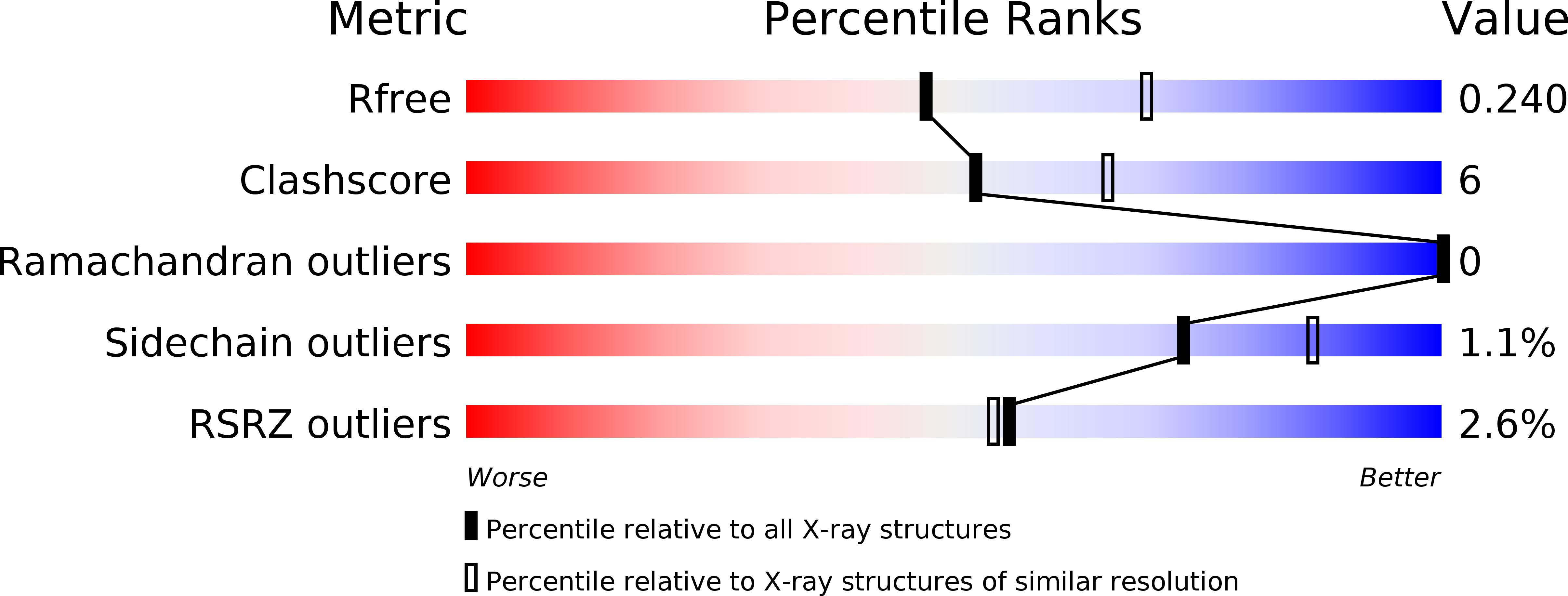
Deposition Date
2017-10-30
Release Date
2018-09-12
Last Version Date
2024-05-08
Method Details:
Experimental Method:
Resolution:
2.40 Å
R-Value Free:
0.23
R-Value Work:
0.18
R-Value Observed:
0.19
Space Group:
P 21 21 21


